The capsule containing the sample that the Hayabusa2 probe collected on the Ryugu asteroid was detached above Earth and landed in a desert region in Australia early on the morning of December 6, 2020. On the same day, the Japan Aerospace Exploration Agency (JAXA) announced that it had successfully recovered the capsule. If the capsule actually contains a sample, this will only be the second time in the world that an asteroid sample has been collected, following on from the first-generation Hayabusa's mission in 2010. If the sample contains subsurface material, it will be the first time this spectacular feat has been achieved. The probe is functioning normally, and after releasing the capsule it began its "expanded mission" and shifted course toward its next destination, the 1998KY26 asteroid.
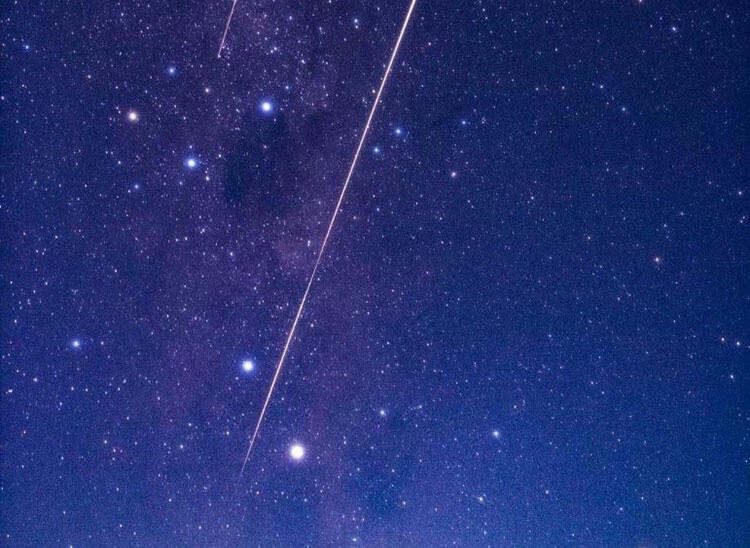
"I'm home!"
On the afternoon of December 6, Project Manager Yuichi Tsuda held a press briefing at JAXA in Sagamihara City, where the control room is located. "Hayabusa2 returned a short time ago. Its six-year mission has now ended, and we have been able to unload its 'treasure chest.' It made it through the door of the interplanetary return flight perfectly and is in perfect condition. We are very much looking forward to opening this 'treasure chest.'"
Project Manager Takeshi Oshima of NEC, which supported the probe's development and operation, said that "We are overjoyed to have successfully returned a probe to Earth for a second time (following on from the first-generation Hayabusa). We now intend to pass the baton to the scientists who have been waiting patiently."
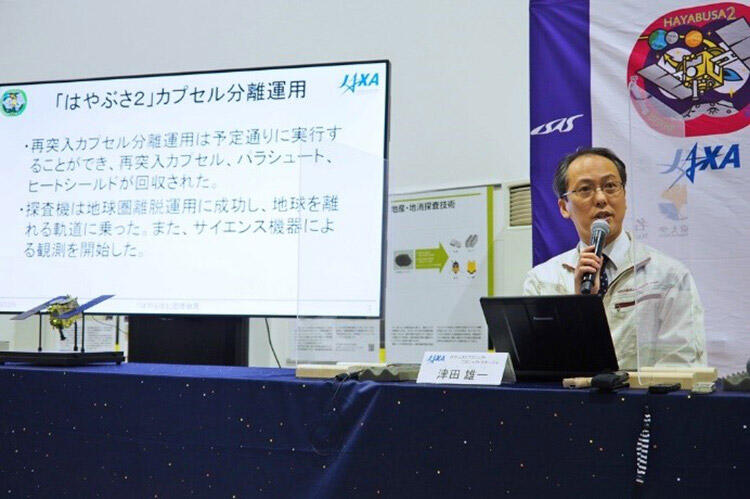
Hayabusa2 left Ryugu in November 2019, and steadily navigated its way back using ion engines (electric propulsion engines) for acceleration. From October to December 1, 2020, it carried out trajectory changes and minute adjustments four times using its attitude control engines and drew close to Earth. On December 5, after the capsule's power source was switched from the probe to an internal system, Hayabusa2 altered its attitude in order to detach the capsule. At 2:30 p.m., when it drew approximately 220,000 kilometers away from Earth, it detached the capsule toward Woomera Desert in South Australia.
At around 2:30 a.m. on December 6, the capsule broke through the atmosphere at an altitude of around 120 kilometers. At an altitude of around 10 kilometers the capsule's heat-protection shield was jettisoned and a parachute was deployed. The capsule activated a transmitter for notifying JAXA of its location as it descended, and it touched down within the scheduled area at around 2:54 a.m. After the capsule broke through the atmosphere it generated a light resembling a shooting star, which made it possible to confirm its path across the night sky from the ground.
The capsule's location was estimated using antennas on the ground, and the JAXA recovery team found it by helicopter. The task of recovering the capsule was completed at shortly after 7:30 a.m. After the gas inside the capsule was extracted on December 7, while it was still in Australia, the capsule was transported by air with the sample still inside it and was arrived at JAXA in Sagamihara City on December 8. Later on, JAXA announced that the Hayabusa2 probe collected a sample of about 5.4 grams from the asteroid Ryugu, a significantly larger sample than the minimum of 100 milligrams that was envisaged when the mission was planned.
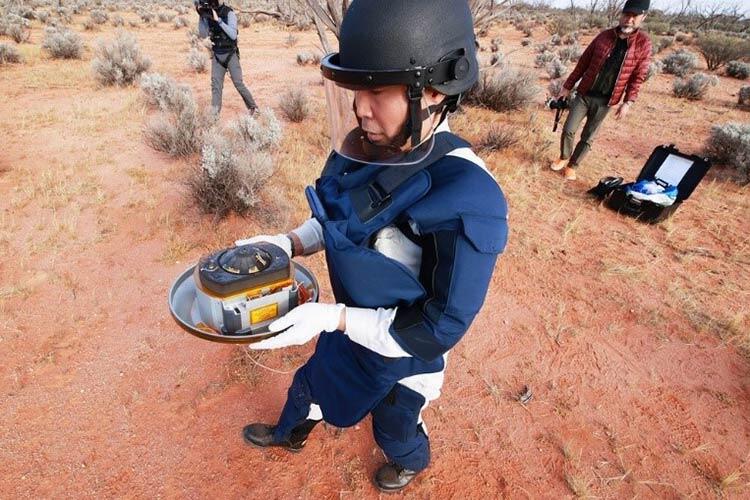
Control room erupted with cheers of "Magnificent!"
Meanwhile, one hour after the probe released the capsule, it underwent three trajectory alterations in order to leave Earth's gravitational sphere, and embarked on its approximately 10-billion-kilometer journey to 1998KY26. At 3:15 a.m., when communication resumed as planned and the probe was confirmed to be in one piece, the control room erupted in thunderous applause and cheers of "Magnificent!"
1998KY26 is a spherical asteroid with a diameter of approximately 30 meters. Like the approximately 900-meter Ryugu, there is a possibility it contains or is composed of carbon. After drawing near another asteroid, Hayabusa2 will arrive at 1998KY26 in July 2031. Although it will not collect a sample or return to Earth, it will carry out observations and there is also a possibility it will land or drop landmarks known as "target markers" on the surface. It was envisaged that the first-generation Hayabusa would also head off to a second celestial body, but that plan was abandoned following a series of problems, and the probe burnt up upon entering the Earth's atmosphere.
Hayabusa2 also successfully photographed Earth as it once again departed from it.
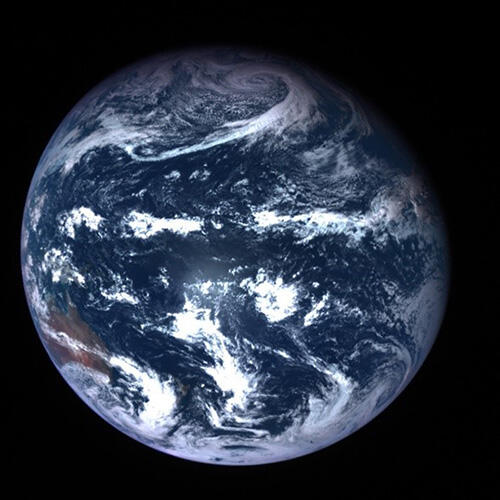
"We poured everything we had learned into it"
Hayabusa2 departed Earth in December 2014. For a period of approximately one year and five months from June 2018, it explored Ryugu, a type of asteroid that contains organic material and water. Over the course of its two landings it is believed to have succeeded in collecting a sample of both surface and subsurface material. Studying the recovered sample is expected to offer clues to understanding the history of the solar system and the source of life on Earth. On its return journey the probe travelled a distance of approximately 820 million kilometers, and the round trip was approximately 5.24 billion kilometers.
At a press briefing, Project Manager Tsuda mentioned the first-generation Hayabusa, which made its return while facing multiple problems. "We poured everything we had learned from that experience into Hayabusa2, and it influenced the probe's development and operation," he explained. This smooth round-trip mission has come to represent the growth of humankind's space exploration technology. Hayabusa2's challenges will continue on its next journey.
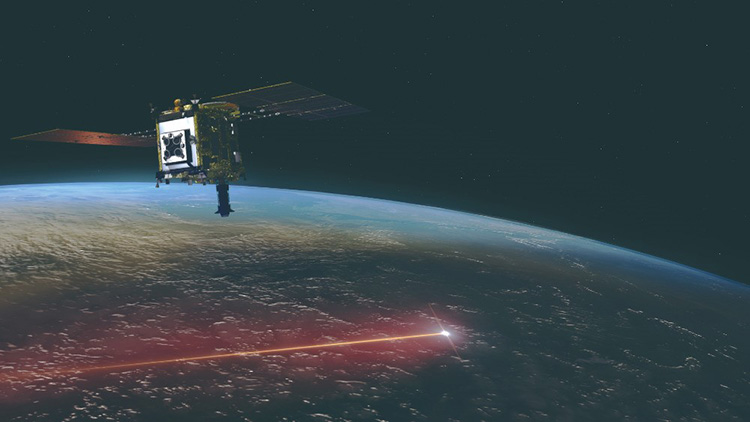
Original article was provided by the Science Portal and has been translated by Science Japan.




